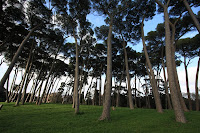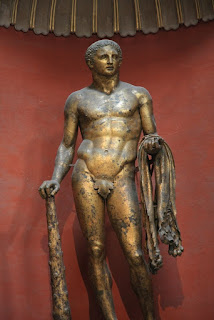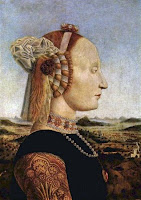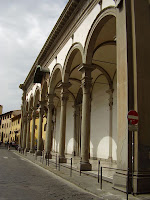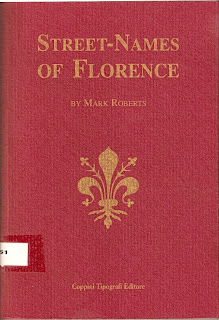.JPG)
Villa Bonanno – This green space is just east (toward the ocean) of Palazzo Reale on Via Vittorio Emanuele. This space is full of palms and has some old Roman ruins in it that hardly anyone knows are there.

Villa Garibaldi – Not sure where the Villa is, but this green space has some huge banyan trees in it that make it quite shady. Set your navigators to Piazza Marina to find this park.

Villa Giulia - This green space is adjacent to the botannical garden and is close to the sea on Via Lincoln. It’s a nice little retreat from the sometimes endless pavement of the city. Across from the park are two pasticcerias for a quick coffee or snack: Bar RosaNero and Bar Touring. The park closes at dusk.
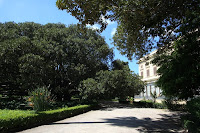
Villa Whitaker – You can tour the Art Nouveau Whitaker (or Malifitano) Villa for 3 Euros or so, or you can enjoy the garden for free. A bit overgrown here and there, it has some great plant specimens the builder of the villa, Joseph Whitaker, had collected over the years. The Villa and the park is located on Via Dante 167, heading away from the harbor. Piazza Indipendenza – This green space is just west (away from the harbor) of Palazzo Reale on Via Vittoria Emanuele. This space has a merry-go-round and seems to be a more frequented spot by locals going to or coming from somewhere.
.JPG)


Orto Botanico – This botanical garden is located near Villa Guila on Via Lincoln. Of course it’s late March so not much is in bloom but we were impressed with scientific layout of the garden and the good labeling of specimens. We were surprised by the number of Chorisia speciosa (false kapok) tree and the trunk shapes. From this photo you can see that the trunk shapes can get quite interesting.
Terrazza a Mare – This green space is not what I would say is a plant lovers paradise, but it is one of the main promenade spots on the weekends. Young and old congregate on this huge stretch of land by the ocean.





















